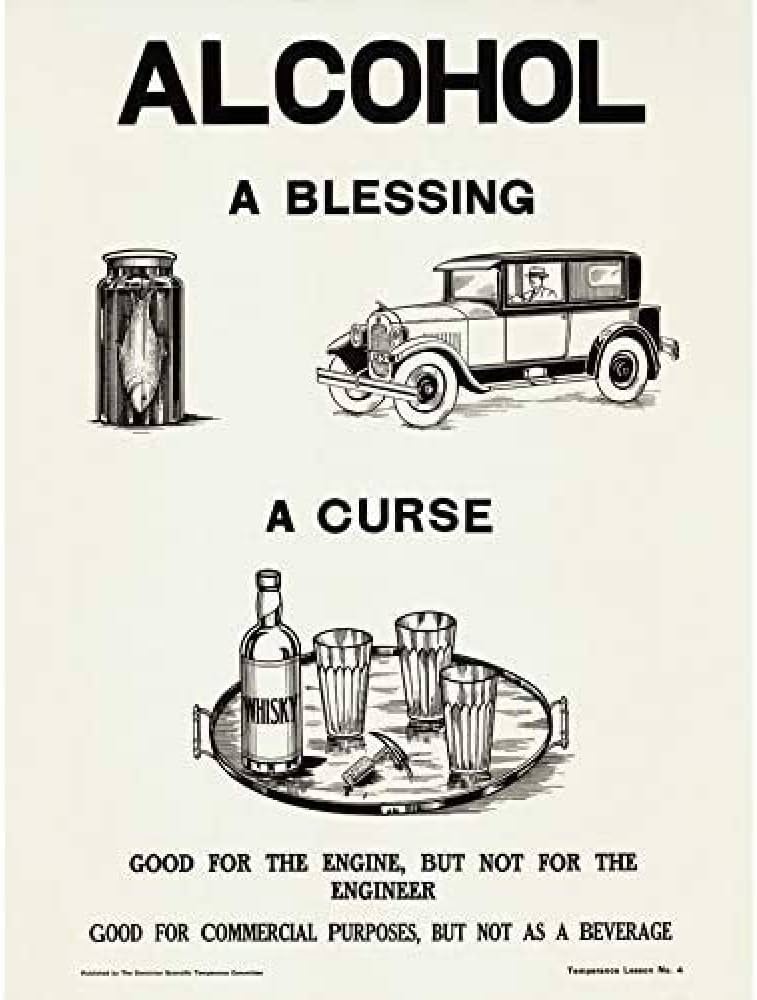 Well, what can you say. Moscow and Washington making kissy face as planes literally roll off the runway. We had a nasty dump of snow locally, the first it feel like in years, but elsewhere in the province we hear that the school kids are basically back on remote learning this winter. The green onions readying for the garden in a few weeks look out the window in horror. I know the feeling.
Well, what can you say. Moscow and Washington making kissy face as planes literally roll off the runway. We had a nasty dump of snow locally, the first it feel like in years, but elsewhere in the province we hear that the school kids are basically back on remote learning this winter. The green onions readying for the garden in a few weeks look out the window in horror. I know the feeling.
For all the change going on, at least we can take comfort that The Session continues! The hosts for this February are Boak and Bailey who announced the topic:
What’s the best beer you can drink at home right now? Not necessarily right now. You can go to the shops if you like. But you shouldn’t have to get on a train or a flight. Or travel back in time. If you like, you can choose a top 3, or top 5, or top 10. What makes it a good beer to drink at home? Is it brewed to be packaged? Does it pair well with your home cooking? Does it pair well with drinking in your pyjamas?
Get writing! Your submissions are due on Friday, February 28th. Andreas Krennmair has been writing. And wrote this week about the brewing tradition in the German state of Württemberg and the distinction between the “gewerbsmäßig” and the “Privatbrauereien” in that region in the 1800s:
Normally, “private breweries” at the time referred simply to privately owned breweries, as opposed to publicly owned breweries (of which people own shares) or communal breweries (owned e.g. by the citizens of one particular town or city by virtue of their citizenship). But in this case, the private breweries were strangely juxtaposed with commercial ones… so, were private breweries non-commercial? Turns out, yes: in parliamentary records of the local parliament of Württemberg from 1853, I found a description of what constituted private brewing: it was the non-commercial brewing by Upper Swabian farmers, where it was customary for all farmers who owned larger farms to also own a brewing kettle in order to brew beer for their own use, which included the house drink for the farm workers…
Speaking of unpacking things found in central European digital records, I missed last week when Alistair of Fuggled fame wrote about Josef Groll, the first brewmaster at the brewing company that today is generally known by the brand Pilsner Urquell. What caught my eye was this:
Another fact about the actual beer being produced in Plzeň also caught my eye – that there were 2 types of beer being brewed at Pilsner Urquell, the famed 12° lager and an 11° schankbier, which may have at some point become a 10° version that was known within living memory. The schankbier, the German equivalent of “výčepní”, would be sent out to beer halls to be stored for 2 or 3 weeks before being ready to be drunk, while the lagerbier left the brewery ready to be tapped on arrival, and was mainly consumed during the summer months.
Question: is this schankbier in late 1800s Germany the same as this schenk beer in late 1800s German immigrant community in America? Have a look at footnote #1: “A kind of mild German beer; German draught or pot beer, designed for Immediate use.” Hmmm…
Speaking of ready to be drunk, Laura Hadland wrote an excellent piece for CAMRA on the nature of small beer in English history… and, more importantly, the experience of hunting down that bit of history:
It occurred to me that we are applying our modern sensibilities to the past. We can just about bend our heads around the idea of a weak beer being consumed in quantity throughout the day. It’s harder to accept that drinking anything approaching a strong beer from dawn til dusk could be the norm. It just sounds mad. But we know that beer drinking was unproblematic and socially acceptable in the early 18th century – consider the gentle serenity of Hogarth’s portrayal of Beer Street next to the debauched depravity of Gin Lane in his famous prints. At the time of the Beer Act in 1830, beer is referred to in the House of Commons as “the second necessary of life.”
Remember: small beer has always sorta made itself due to the nature of mashing. You can chuck away the spent malt after first runnings or make small beer.
Ashleigh Arnott got the nod in Pellicle this week with her portrait of a rather unpolished place, The Rutland Arms in Sheffield, Engerland. I quite liked this aspect of the pub’s weirdness:
The jukebox policy at the Rutty is notorious. Insert your pound but choose wisely, abiding by the rules on the chalkboard above. The ‘permabanned’ list features local acts—Arctic Monkeys, Pulp, Richard Hawley—and the sort of bands that Guardian readers know they should never admit to liking: U2, Frank Turner, Foo Fighters, et al. And Taylor Swift, she’s also permabanned, though I suspect it didn’t need saying. Staff decide what’s in the ‘Recommended’ and ‘Forbidden’ columns according to whims, mainly, with a hint of current affairs-based silliness. Even co-owner Chris Bamford can’t overrule it.
The photos that accompany the pice are also excellent, though I fear that the one of the solo pubgoer on a phone brought the phrase “lost in someone else’s thoughts” to mind. Do pubs not still stock newspapers? Are there newpapsers to be stocked? Who has money for that? Speaking of which… where’s all the money in the brewing industry going these days what with threats of tariffs floating all around ? Well…
…the most important new investment made by Berkshire Hathaway (NYSE:BRKa) is Constellation Brands (NYSE:STZ). Buffett acquired 5,624,324 shares, making this position account for 0.5% of the portfolio, with a total value of $1.24 billion.
And, at a lower level of investment, in the latest monthly edition of London Beer City Will Hawkes shared interesting feature on the return of what are described as “traditional” pubs with a measure, as is often the case in such matters, of what looks like gentrification in this discussion with pub developer, Adrian Kinsella:
His aim was to turn the pub around, to attract a more varied clientele, to combine traditional levels of comfort with the quality now typical among Britain’s best small breweries… “[It’s about] taking the best of the old-school hospitality and putting it with the best of the new service standards around beer, and the best of the food, the amazing small street-food operators,” he says. “If you marry that together, that’s the sweet spot.” There won’t be tables laid up for food at the Coach and Horses, though. Kinsella says he’s not chasing numbers; if someone wants to sit over a pint for a few hours, that’s fine. His or her glass won’t be cleared. Beer will cost what it costs. “We’re not gouging, but when [beer is] too cheap, someone is getting the rail and it’s normally the staff,” Kinsella says. “All our staff are on London living wage.”
Speaking of noises made in pubs, “The Baby of the Pub” was the title of Katie M’s piece in the December 2024 edition of Ferment, a UK beer vendor’s inhouse magaine, and it was shared this week via her newsletter The Glug to share with us all the story of one wee pub goer… who is one:
The baby of the pub is growing up in a world where the pub is a normal part of his life. It’s teaching him to treat the pub as a natural meeting place, rather than a posh restaurant or an illicit drinking den. He’s being taught to enjoy hanging out here. And why shouldn’t he? This was our favourite place long before he was born, and now it is his. It’s a pleasure and an honour to teach him the ways of our local pub, and as he grows we’ll have new milestones to celebrate — his first packet of Scampi Fries, his first lime and soda, the first time he flips a beermat. One day he’ll be getting the rounds in and teaching his friends how to properly order at the bar—what a thought!
Back in Germany, news is breaking that would shock any law abiding Canadian… voters are being bribed with beer:
The city of Duisburg in western Germany has come up with an unorthodox way to lure reluctant voters to the polling station. Voters who cast absentee ballots in the city center by 2 p.m. local time (1300 GMT) on Saturday were given a voucher for a drink to spend at a beer cart next to the polling station… In the 2021 federal election, for example, only 63.3% of voters in the Duisburg II constituency turned up to vote, compared to a national average of 76.6%. “With this unusual campaign, our carnivalists are ensuring that the federal election is once again in the spotlight. It also appeals to citizens who are not persuaded to vote by the usual election posters or information campaigns,” Murrack said, describing it as “a clear benefit for voter turnout and therefore for our democracy!”
Huzzah! Isn’t that what was said in the 1890s? Liam of IrishBeerHistory has announced that he is going to pause doing his series 100 Years of Irish Brewing in 50 Objects half way along “but not writing – to assess my options.“ Still he did share one more story, a story about a button:
This small button measuring 3cm (1 3⁄16 inches) in diameter is made of a copper alloy – possibly brass – and shows some green patination where the gilding has worn away to expose the base metal. It is probably from the livery uniform of one of the draymen who worked for the Anchor Brewery of John D’Arcy & Son on Usher Street, not far from where those aforementioned other-uniformed squads lined up. It features the words ‘J. D’Arcy & Son Ltd. Brewery’ and a nicely embossed anchor whose pronged ends appear to resemble demons’ tails.
And I liked this story about one way drinkers got around the restrictions imposed during US Prohibition:
The unnamed ship turned out to be a glamorous offshore bar. To get aboard the reporter paid a $5 cover charge (about $90 today), with another $5 for a stateroom. Once settled, he was ushered into a festive room with “a jazz orchestra, staff of busy bartenders and a party of sixty revelers who danced the night away.” They were young and old, men and women, but all quite wealthy with “polished manners and a democratic demeanor.” The crew was well dressed and spoke with cockney accents; from them one could order a scotch for $1 or a mint julep for $2.50.
In Ontario, we had a number approaches to the drinking tourism brining Americans north but, of course, we should be proud of the fact that brewing itself never ceased up here – even during Canadian Temperance – to the point that Labatt sent so much beer south that it expanded its work force by over fifty percent.*
Finally, I found this piece in VinePair on the current Guinness situation odd, mainly I suppose as it tried to apply and drawn lessons for brewers in the US. Consider this:
Not to put too fine a point on it, but Guinness is that story. Its current success is the result of the sort of patient, holistic investment across the on- and off-premises that used to be the beer industry’s block and tackle. “The way that I’ve described this to people is, [Guinness] is a political movement,” says Roth. “It includes not just changing minds, but changing actual behaviors.” Its dominance in bars and restaurants has helped to influence consumers beyond their confines, too. That’s only grown more obvious as the beer aisle has grown more overwhelming.
Nowhere in the story do the words “Baltimore” or “closed” pop up. Nor is there a suggestion of manufactured scarcity. Or a lucid consideration of the success of Guinness goes well beyond the beer rep, well beyond beer itself to a cultural fascination that has been in place for decades if not centuries based on the broader love of all things Irish** actual and faux from St. Patricks Day to The Clancey Brothers, from River Dance and to the identikit pubs. And that the beer itself has had these sorts of peaks upon peaks thoughout that time. The widget over 35 years ago. The Quiet Man over 75 years ago. Imported barrels over 165 years ago. Yes, it is good for the brewery to have existed for all that time but the presumption to make an association with Anchor Brewing or Leinenkugel’s or that it serves as an example and not a sui generis phenomenon is a bit telling.
Well, that is it. Another exercise in distraction from the news, I suppose. For more of the same, please check out Boak and Bailey every Saturday and Stan going strong again each and every Monday. Then listen to Lew’s podcast and get your emailed issue of Episodes of my Pub Life by David Jesudason on the (sometimes even but never) odd Fridays. And maybe The British Food History Podcast. And Phil Mellows is at the BritishBeerBreaks. Once a month, Will Hawkes issues his London Beer City newsletter and do sign up for Katie’s wonderful newsletter, The Gulp, too. The Share looks to be back with a revival. Ben’s Beer and Badword is out there with the all the sweary Mary! And check out the Atlantic Canada Beer Blog‘s weekly roundup. There is new reading at The Glass which is going back to being a blog. Any more? Check out the Beer Ladies Podcast. That’s quite good and they are revving up for a new year. And the BOAS podcast for the bro-ly. And the long standing Beervana podcast …except they have now stood down. Plus We Are Beer People. The Boys Are From Märzen podcast appears suspended as does BeerEdge, too. VinePair packed in Taplines as well. All gone. But not Ontario’s own A Quick Beer featuring… Michigan! There is more from the DaftAboutCraft podcast, too. All About Beer has sponsored trade possy podcasts and there’s also The Perfect Pour. Plus follow the venerable Full Pint podcast. And the Craft Beer Channel on Youtube. The Moon Under Water is gone which is not surprising as the ask was $10 a month. Pete Brown’s one cost a fifth of that – but only had the one post. Such is life.
*What?? $43.99??? At that price, no doubt the authority on the matter.
**My late father born of Greenock called the equivalent “professional Scots” and you can read Billy Connolly’s autobiography Windswept & Interesting for more detail on that point.

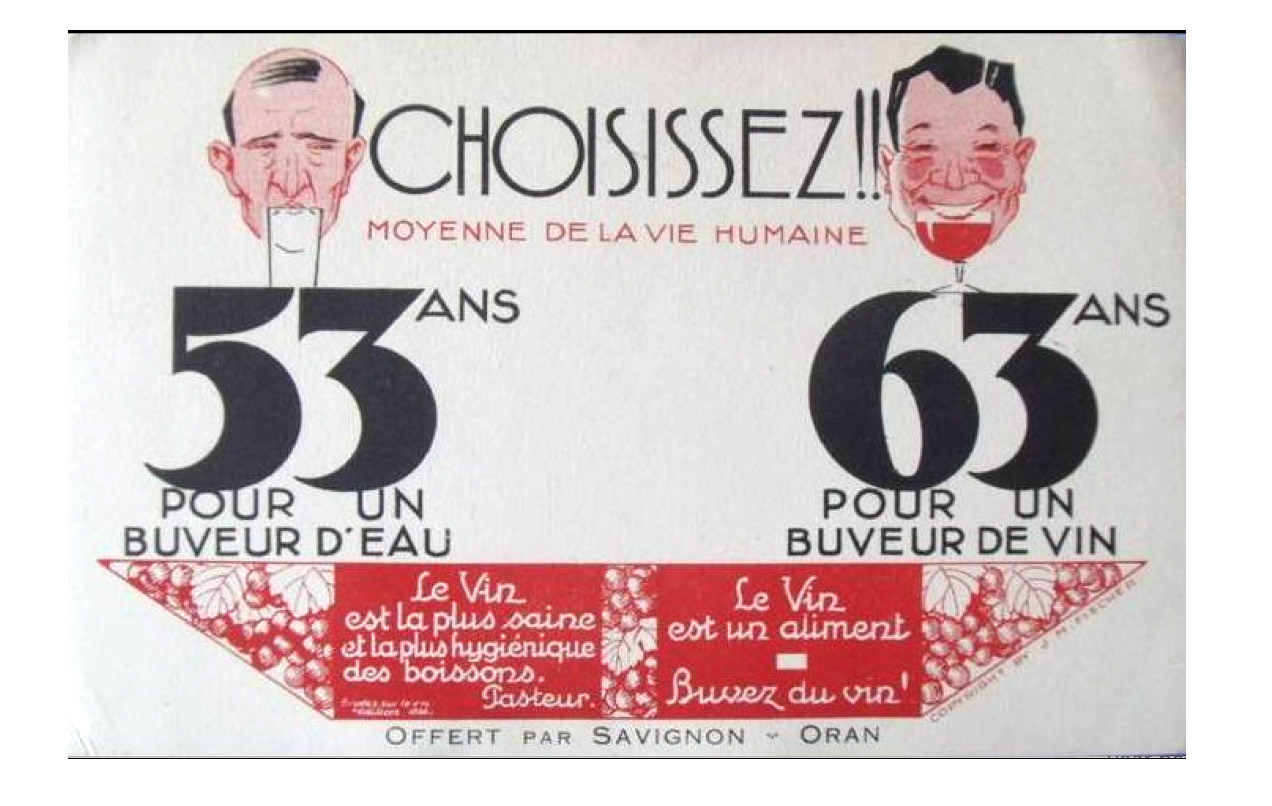

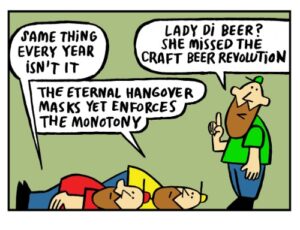
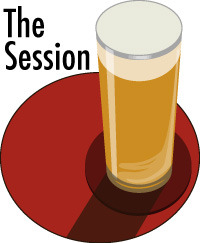 Well, that went well. A revival can be a dangerous thing. From Brady Bunch TV reunion specials to the second Trump administration, these things should be faced with a measure of doubt – but it’s clear that The Session version #143(!) performed well above my expectations with a great level of participation… well, at least greater than I anticipated. Pat yourselves on your backs. So, as one does when one hosts, here is the summary.
Well, that went well. A revival can be a dangerous thing. From Brady Bunch TV reunion specials to the second Trump administration, these things should be faced with a measure of doubt – but it’s clear that The Session version #143(!) performed well above my expectations with a great level of participation… well, at least greater than I anticipated. Pat yourselves on your backs. So, as one does when one hosts, here is the summary.
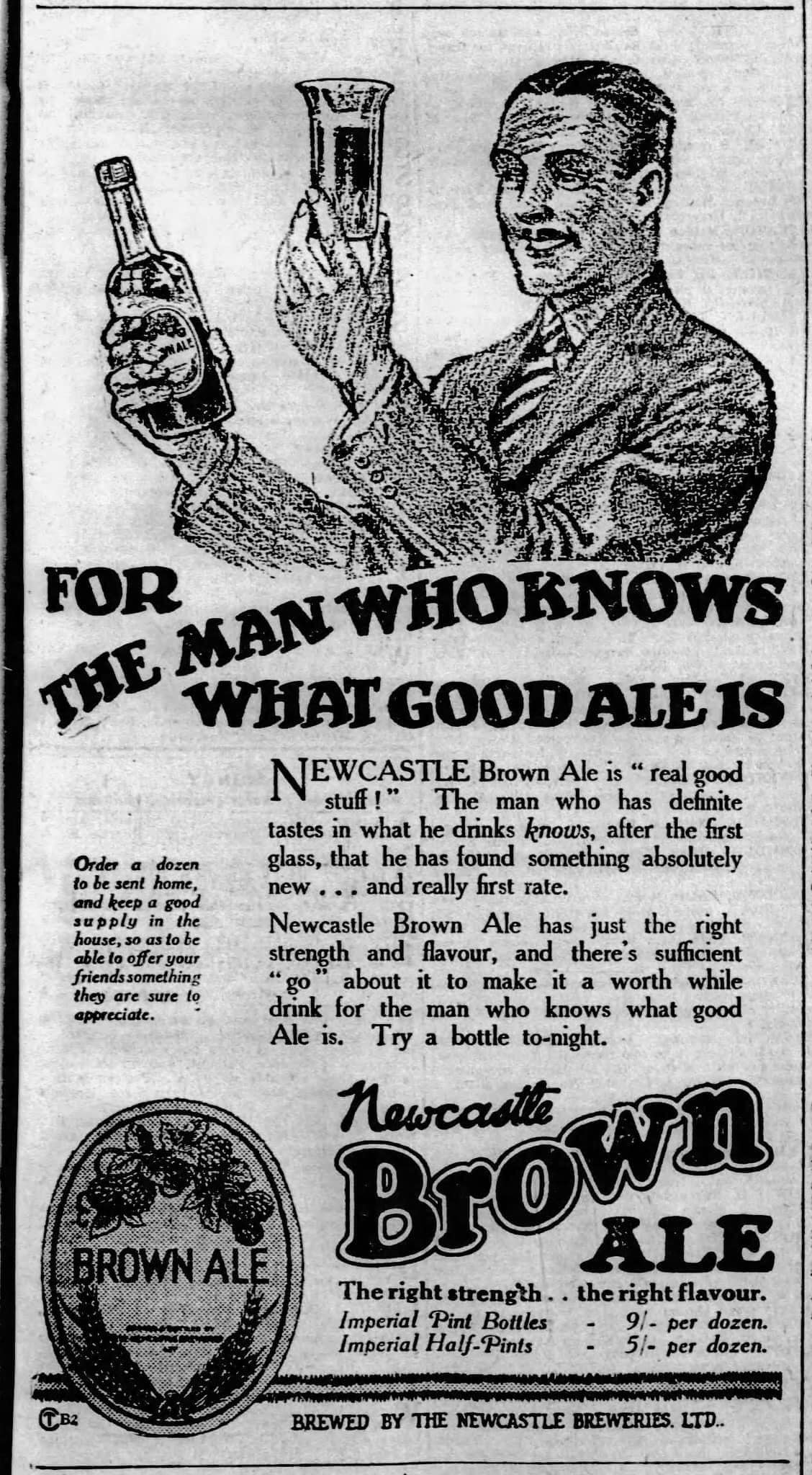 It will! Will it? Will it take? Will it last? Errr… will it even happen? Hmm… as I
It will! Will it? Will it take? Will it last? Errr… will it even happen? Hmm… as I 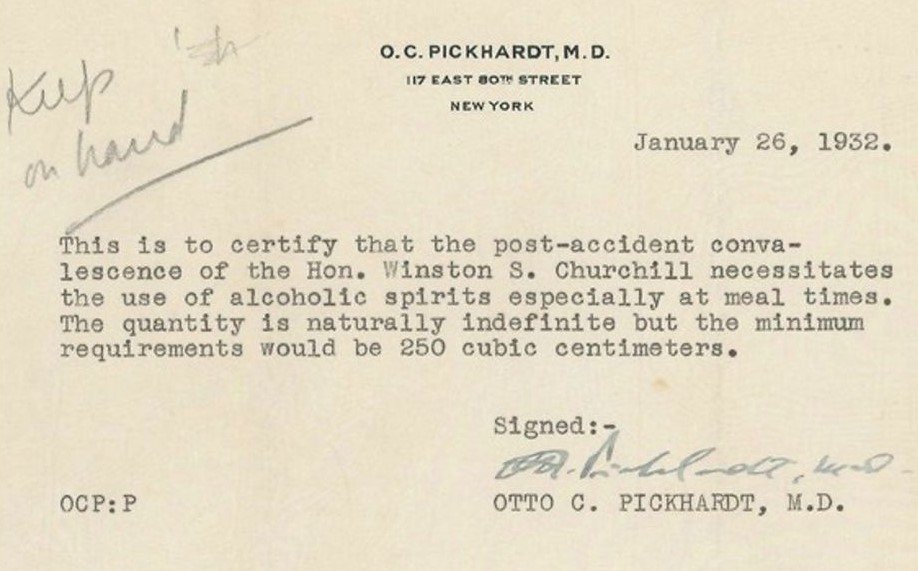

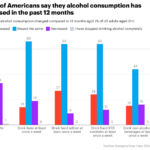 Finally, a reminder. Yes, there are health warnings. But more to the point, there are habits. If you are listening to those who talk of “neo-temperance” you may be missing a mood change that has nothing to do with lobbyists or public health officials. That handy dandy thumbnail is from a
Finally, a reminder. Yes, there are health warnings. But more to the point, there are habits. If you are listening to those who talk of “neo-temperance” you may be missing a mood change that has nothing to do with lobbyists or public health officials. That handy dandy thumbnail is from a 